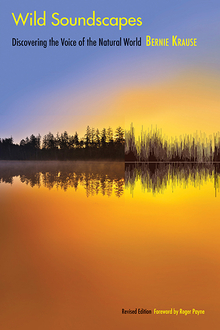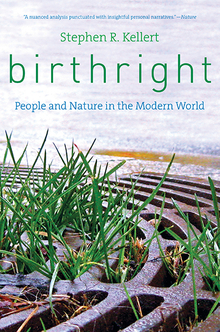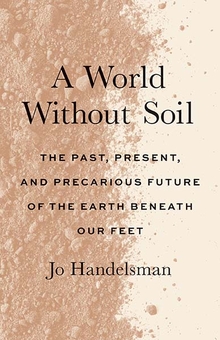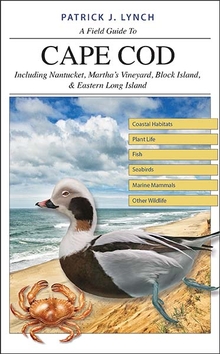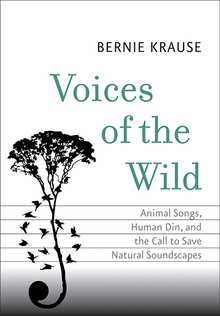Wild Soundscapes
WARNING
You are viewing an older version of the Yalebooks website. Please visit out new website with more updated information and a better user experience: https://www.yalebooks.com
Discovering the Voice of the Natural World
Revised Edition
Bernie Krause; Foreword by Roger Payne
Through his organization Wild Sanctuary, Bernie Krause has traveled the globe to hear and record the sounds of diverse natural habitats. Wild Soundscapes, first published in 2002, inspires readers to follow in Krause’s footsteps. The book enchantingly shows how to find creature symphonies (or, as Krause calls them, “biophonies”); use simple microphones to hear more; and record, mix, and create new expressions with the gathered sounds. After reading this book, readers will feel compelled to investigate a wide range of habitats and animal sounds, from the conversations of birds and howling sand dunes to singing anthills.
This rewritten and updated edition explains the newest technological advances and research, encouraging readers to understand the earth’s soundscapes in ways previously unimaginable. With links to the sounds that are discussed in the text, this accessible and engaging guide to natural soundscapes will captivate amateur naturalists, field recordists, musicians, and anyone else who wants to fully appreciate the sounds of our natural world.
Publication Date: May 24, 2016
15 b/w illus.
Listen to the sound examples from Wild Soundscapes
Sound example 1. Biophony in primary, old-growth forest, Camp Leakey, Borneo
Sound example 2. Biophony in secondary-growth habitat, Pic Paradis, Saint Martin, Virgin Islands
Sound example 3. Spadefoot toad chorus with synchronicity intact, Mono Lake, California
Sound example 4. Spadefoot toad chorus interrupted by a military jet flyover
Sound example 5. Kilometer 41, Amazon Basin, with biophony intact
Sound example 6. Kilometer 41, biophony disrupted by a jet flyover
Sound example 7. Humpback whale feeding sounds
Sound example 8. Biophony of a muskeg, or bog, Chichagof Island, southeastern Alaska, with western flycatcher
Sound example 9. Rain, Chichagof Island, southeastern Alaska, with western flycatcher
Sound example 10. Barnacles twisting in their shells
Sound example 11. Cricket stridulation, and cactus wren alarm call
Sound example 12. Sea anemones
Sound example 13. Singing ants
Sound example 14. Singing sand dunes, Kelso Dunes, California
Sound example 15. Fish
Sound example 16. Snapping shrimp
Sound example 17. Biophony at the shore of Mono Lake in California. The primary calling bird is a killdeer.
Sound example 18. Biophony at Corkscrew Swamp, Florida, mostly frogs
Sound example 19. Biophony from Rio Doce dry tropical rainforest, Brazil, primarily frogs
Sound example 20. Baboon calls echoing off kopjes, South Africa
Sound example 21. Jaguar growling, Amazon Basin
Sound example 22. Crabs releasing themselves and dropping into the water, Osa Peninsula, Costa Rica. The biophony is mixed with insects, frogs, and a few distant birds.

